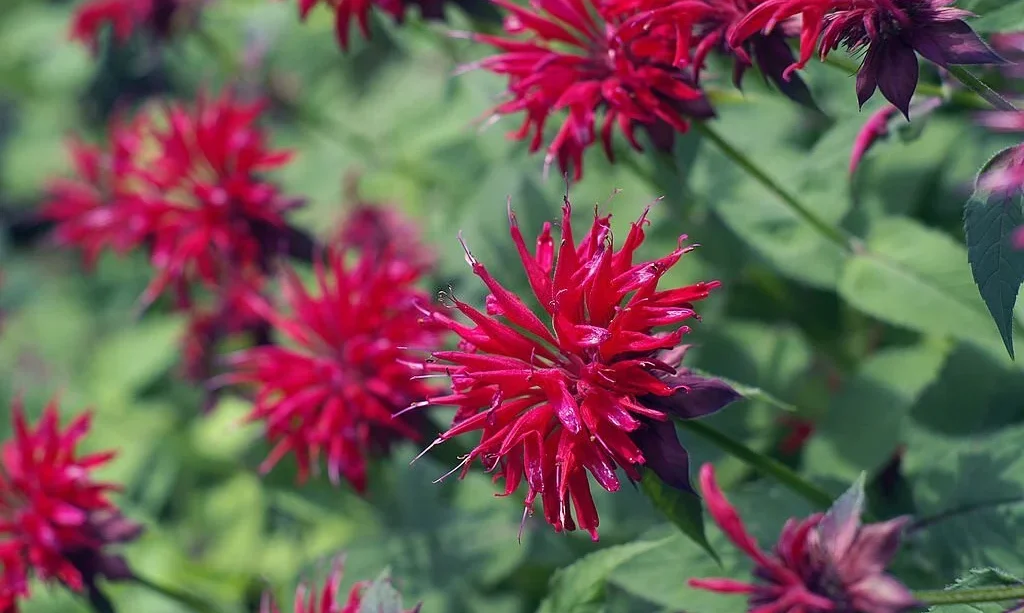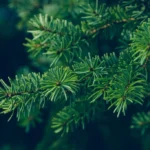Ever heard the saying “mix with the right crowd”? Well, believe it or not, it’s advice that applies not only to us but to plants as well! Yes, in the world of gardening, who your plants hang out with can make a big difference. That’s where the concept of companion planting comes into play. Today, we’ll focus on one particularly charismatic plant, the bee balm, and learn which plants make good company for it, and more importantly, which ones don’t.
- Pollinator
- Attracts Butterflies and Hummingbirds
- Loves Sun
- Super Fragrant
- Easy to Grow
Bee Balm
Before we jump into the ‘do not pair’ list, let’s get to know our star plant a bit better.
- Meet the Bee Balm: Bee balm (Monarda), with its brightly colored flowers and pleasant fragrance, is a real showstopper in the garden. Native to North America, it’s not just a hit with gardeners but is also beloved by bees, butterflies, and hummingbirds.
- The Bee Balm’s Personality: Bee balm is an easy-going plant that likes full sun and well-draining soil. It’s also a fast grower and can spread quite a bit, so it needs a good amount of space to thrive.
- Benefits and Challenges: While bee balm is great for attracting pollinators and adding a splash of color to your garden, it can also be prone to mildew. This means it needs good air circulation and might not do well with plants that like to hog all the space or those that require very different care.
So, now that we’ve gotten to know bee balm a bit better, let’s find out which plants might not play nice with our pollinator-friendly pal.
Incompatible Plants for Bee Balm
Just like in any crowd, there are a few plants that just don’t get along well with bee balm.
- Space Invaders: Plants that are aggressive spreaders can be a problem. They can crowd out the bee balm and prevent it from getting the space it needs to grow healthily. Avoid planting bee balm with plants like mint or bamboo, which are known to take over gardens if not controlled.
- Sun Blockers: Plants that grow tall and cast a lot of shade, like sunflowers or some types of large shrubs, might not be the best neighbors for your bee balm. Remember, bee balm loves the sun, and too much shade can stunt its growth and increase its susceptibility to mildew.
Considerations for Planting Bee Balm
So, how should you plan your garden with bee balm in mind?
- Mind the Gap: Remember, bee balm needs space to spread and grow. Give it room to breathe and make sure it’s not too cramped.
- Sun and Circulation: Pick a spot that gets plenty of sunlight and has good air circulation. This will help your bee balm stay happy and healthy.
Conclusion
Creating the perfect garden is a bit like hosting a great party. You need to invite the right guests and make sure they all get along well together. Bee balm is a vibrant, hardworking addition to any garden, attracting pollinators and brightening up your outdoor space. But remember, not every plant makes a good neighbor for our friend, the bee balm. So, plan wisely and ensure that everyone has the space and conditions they need to thrive. Happy gardening!




